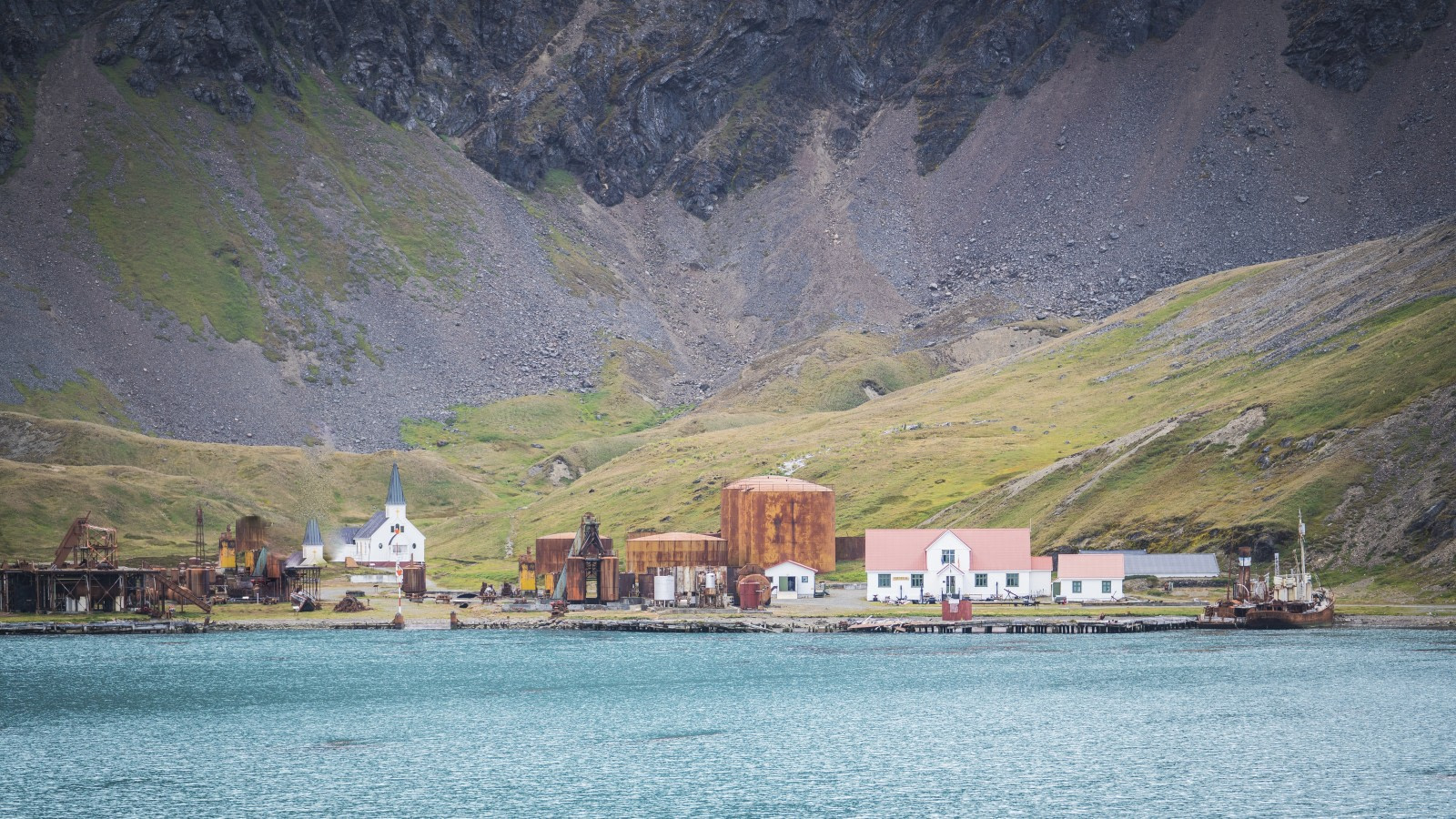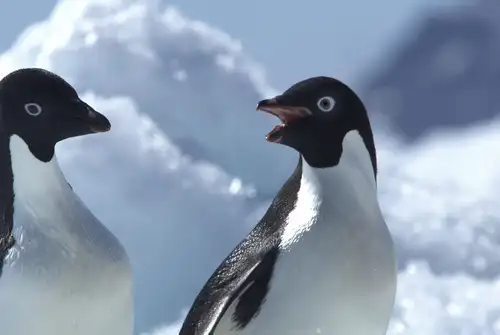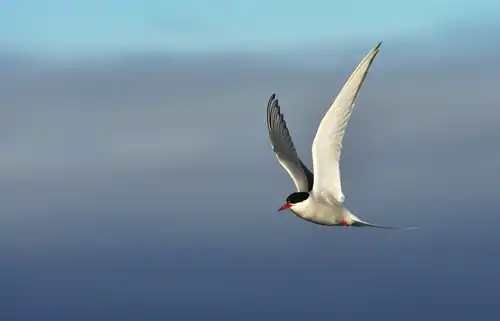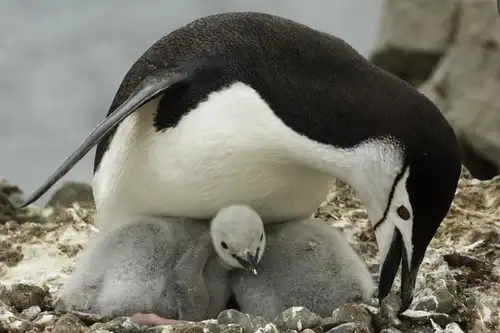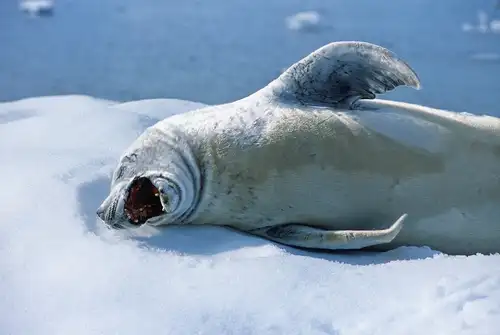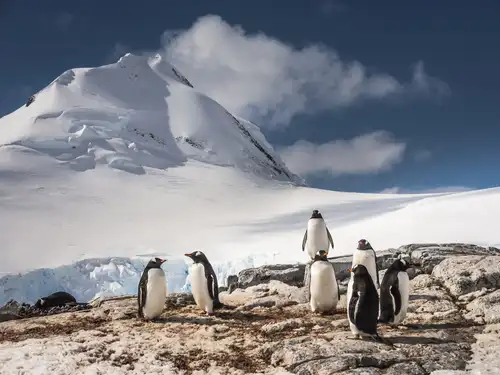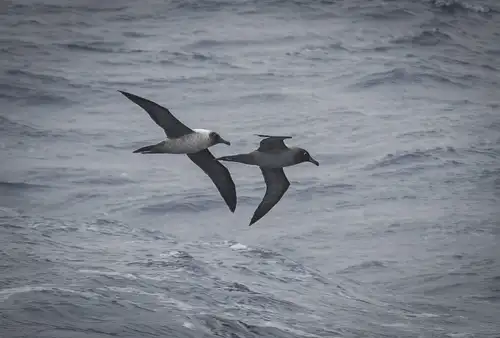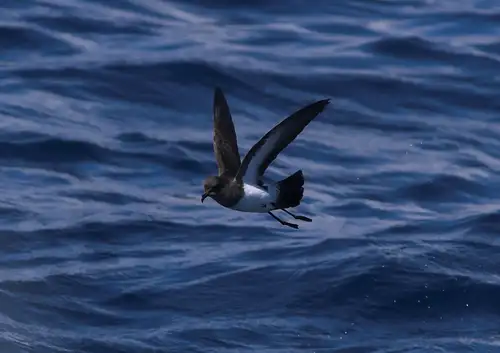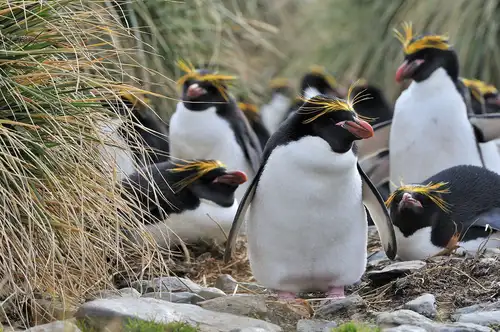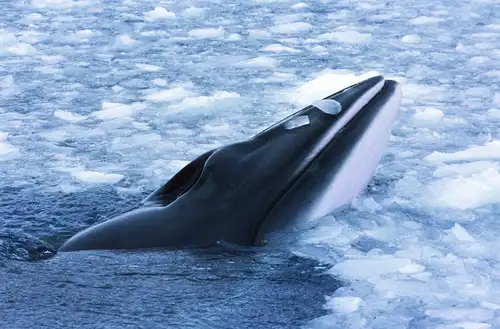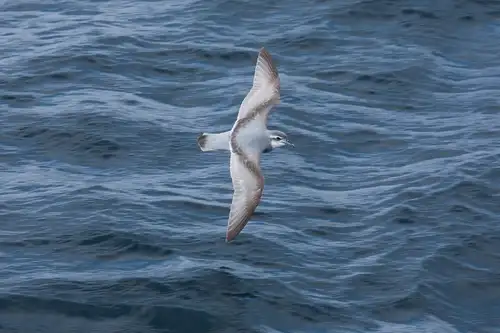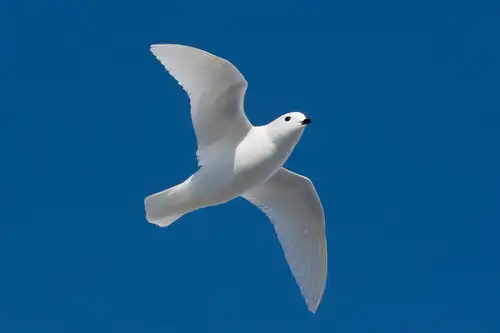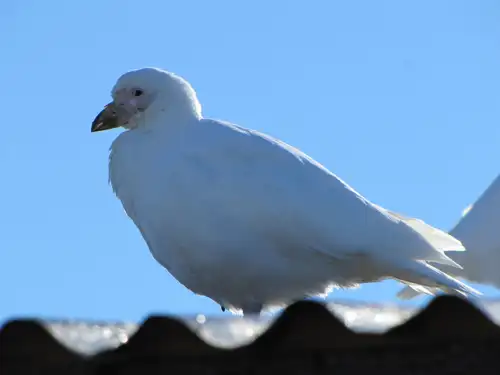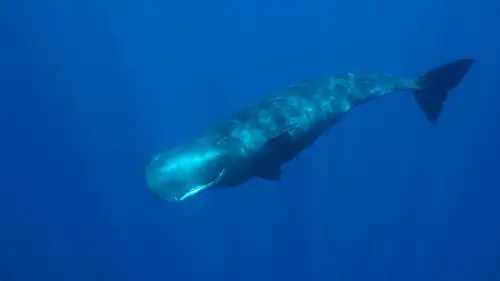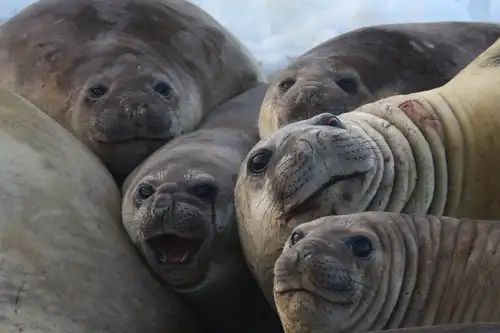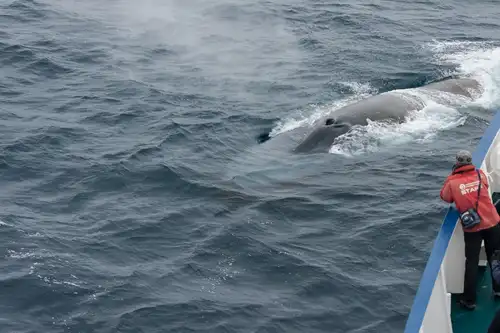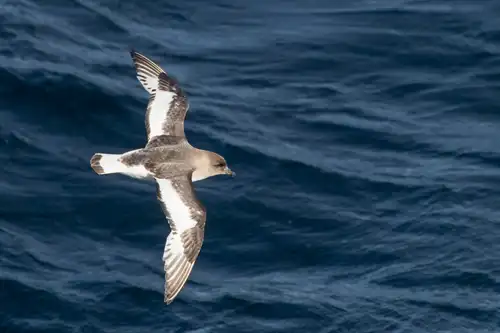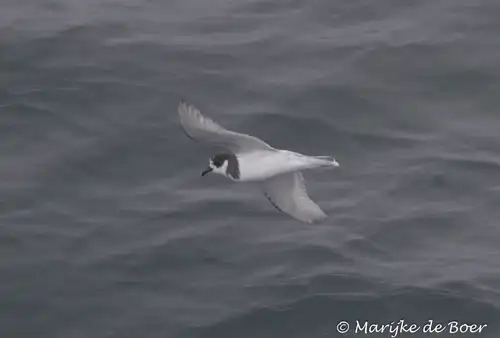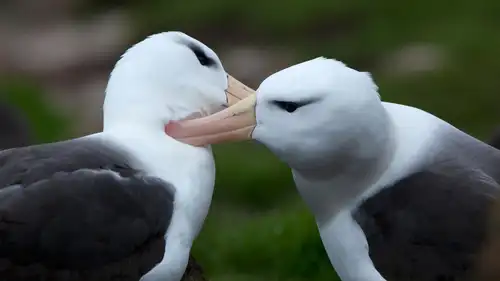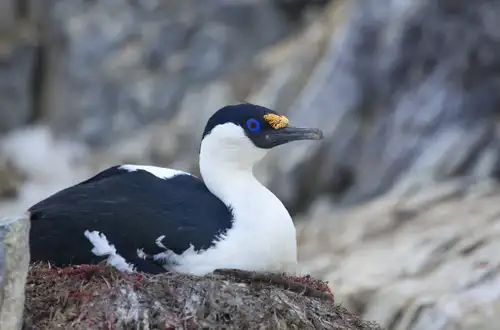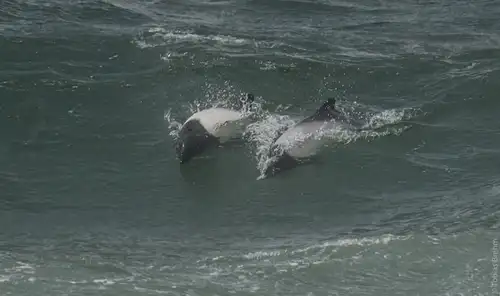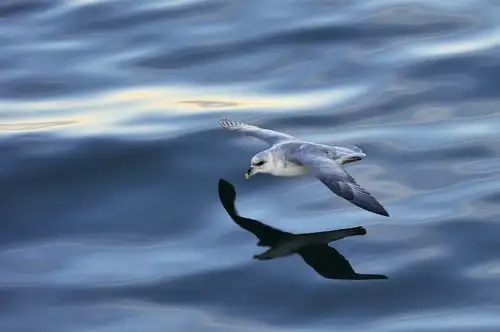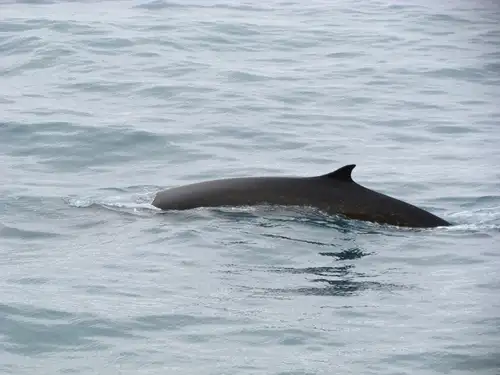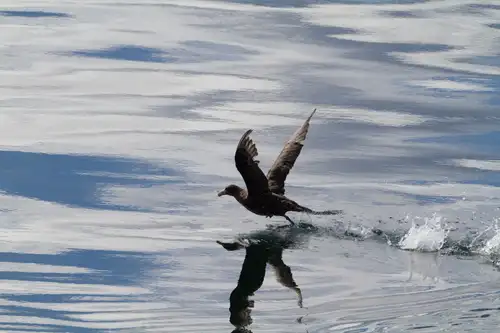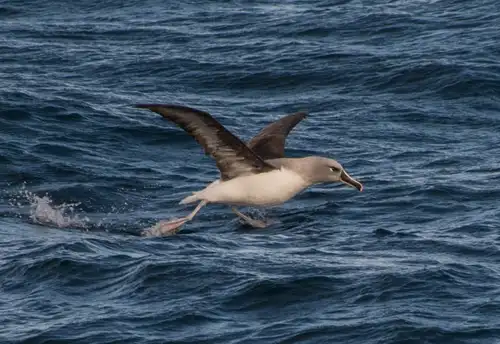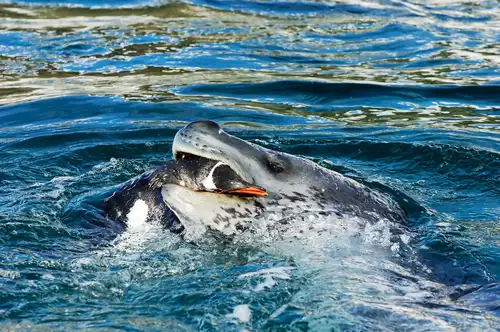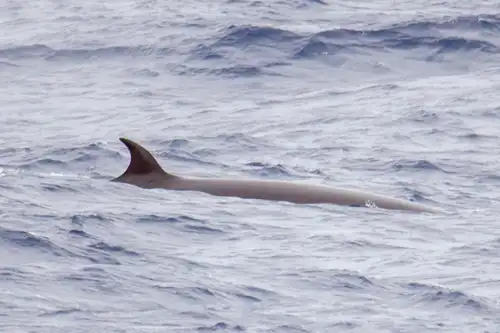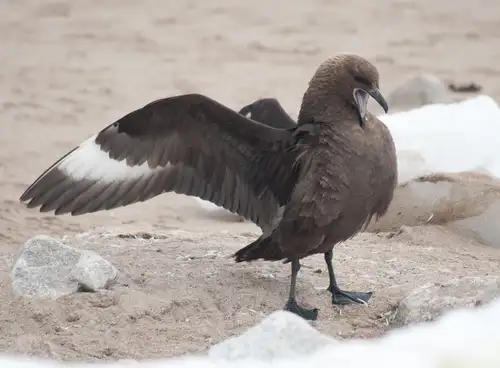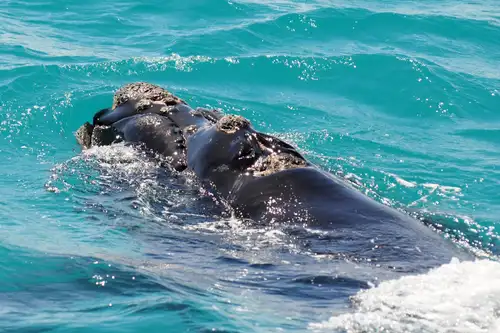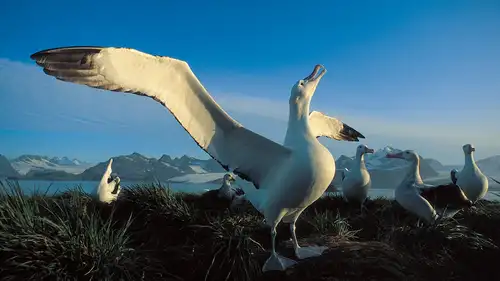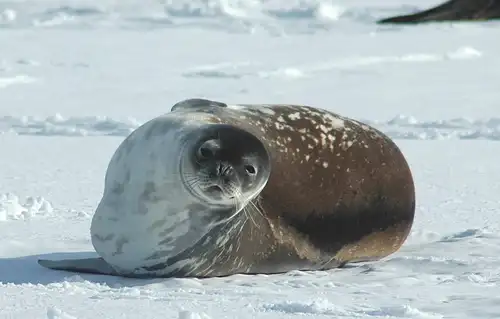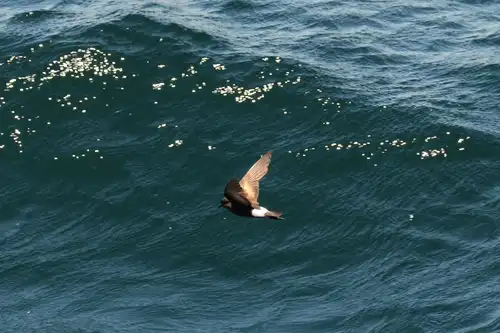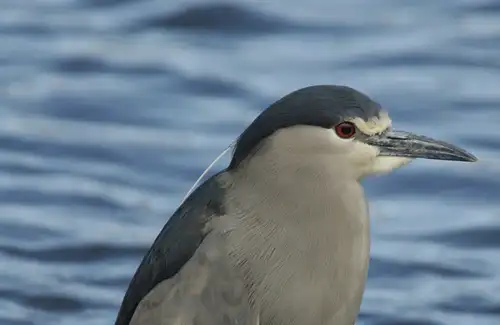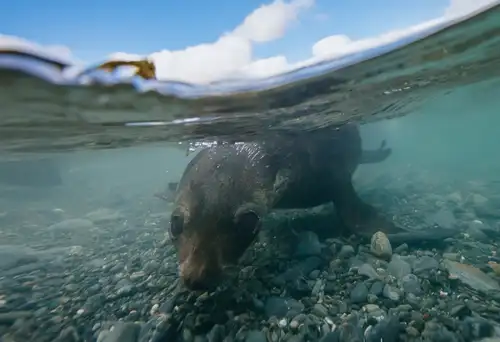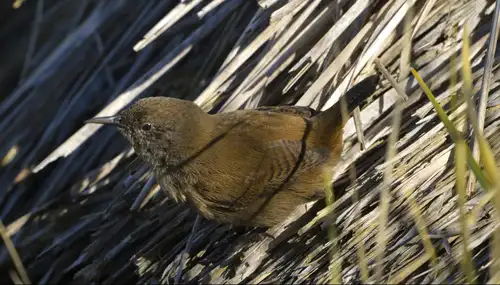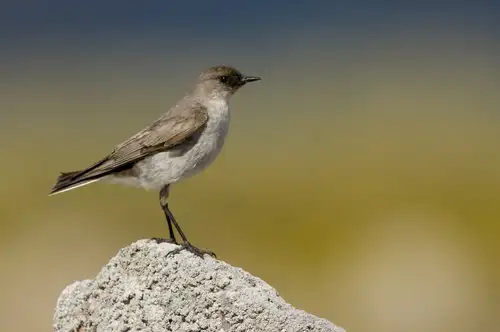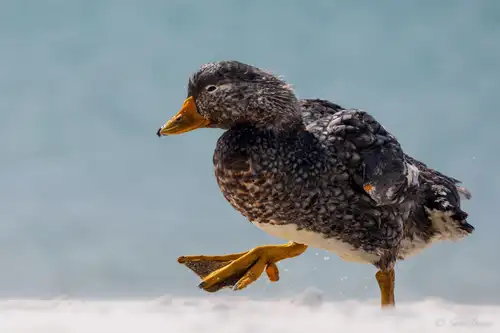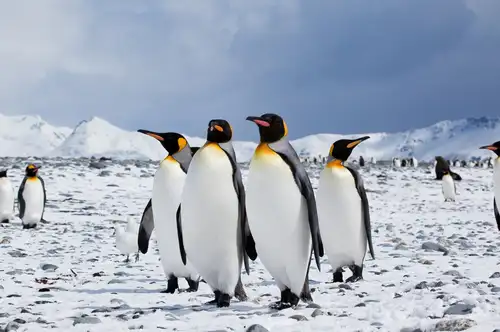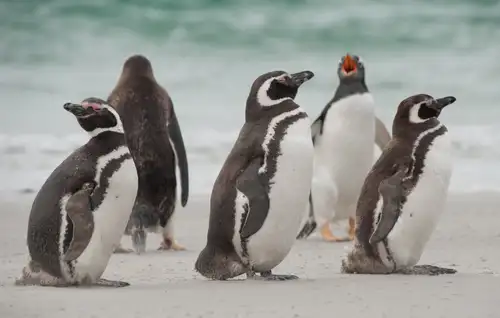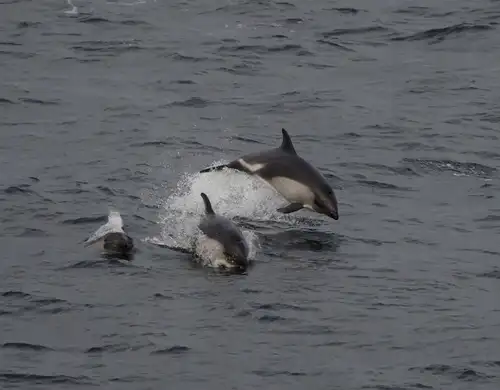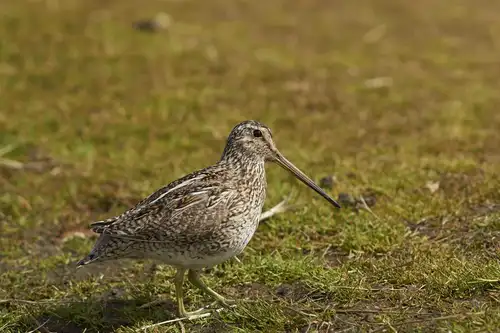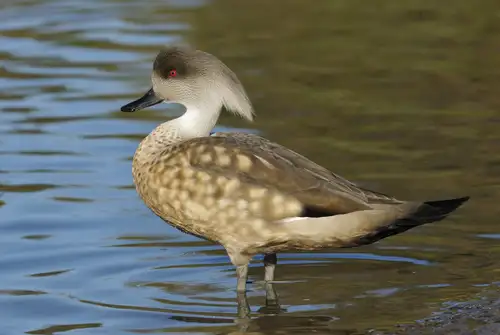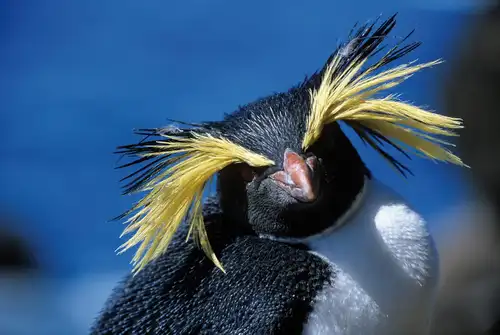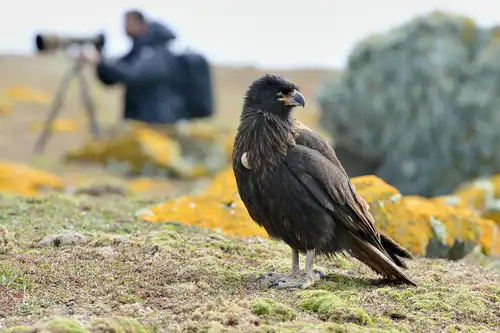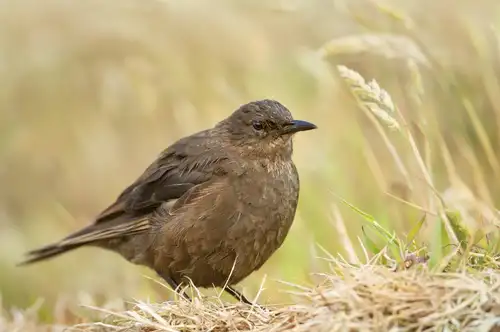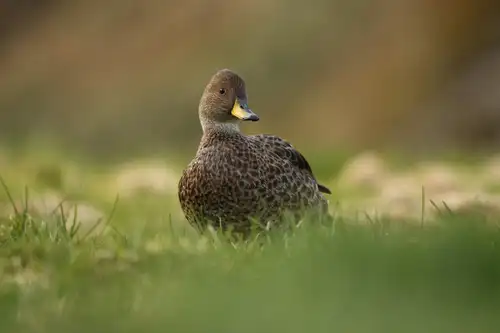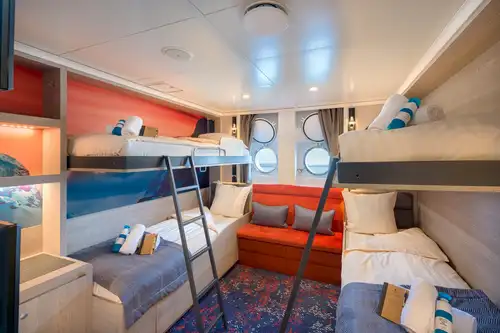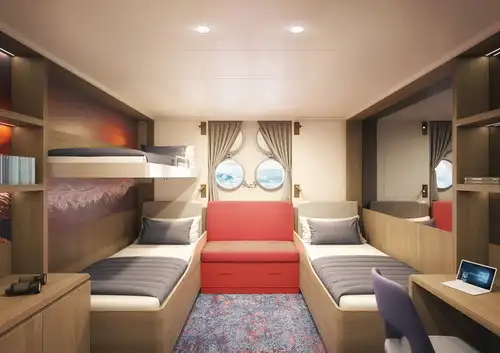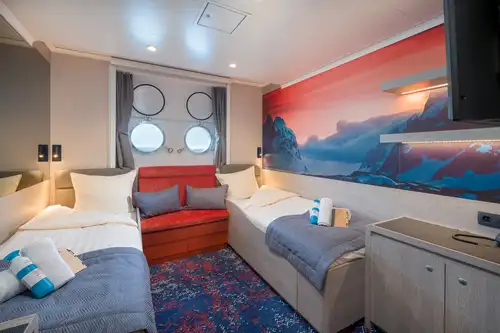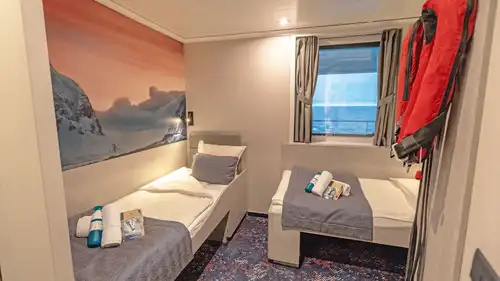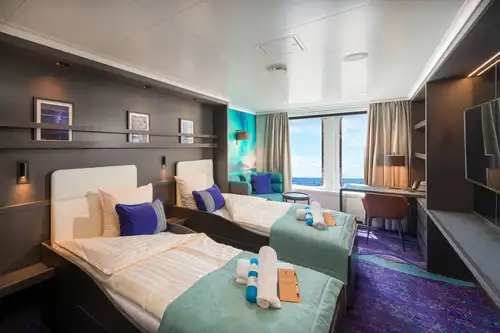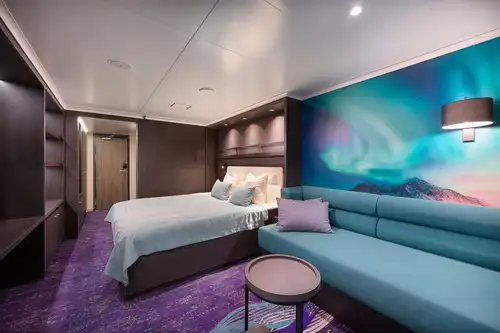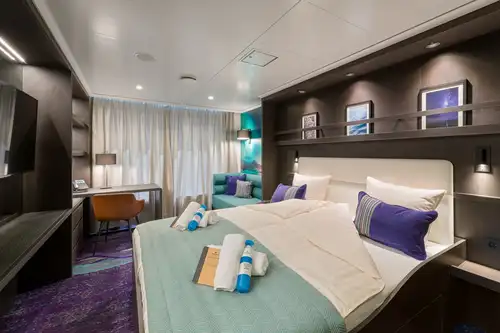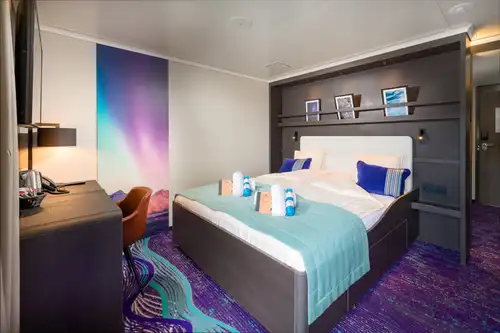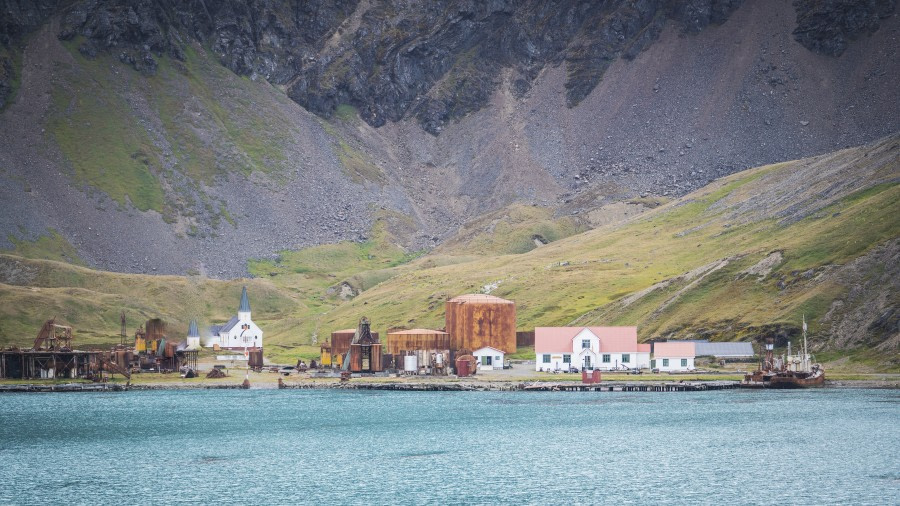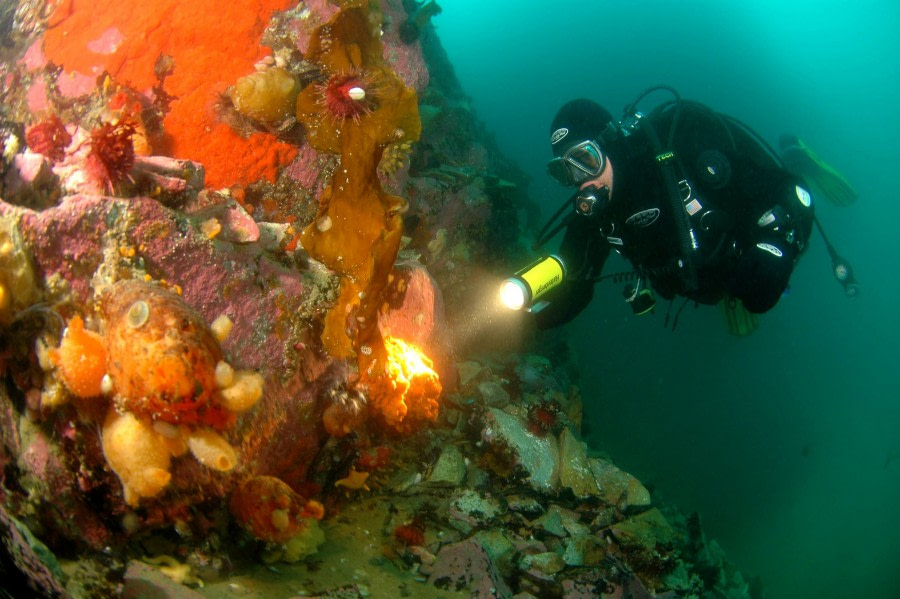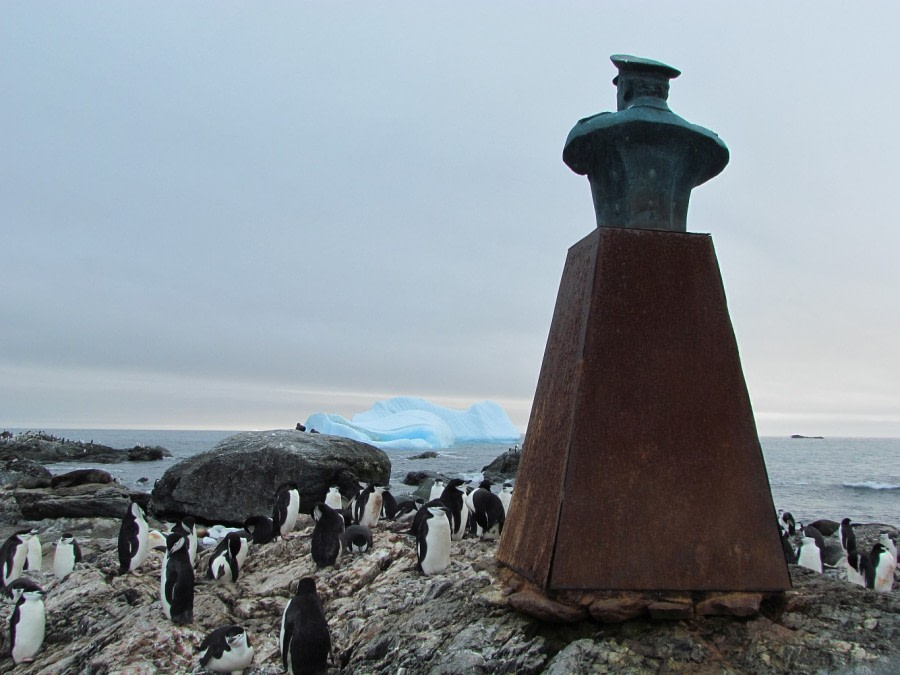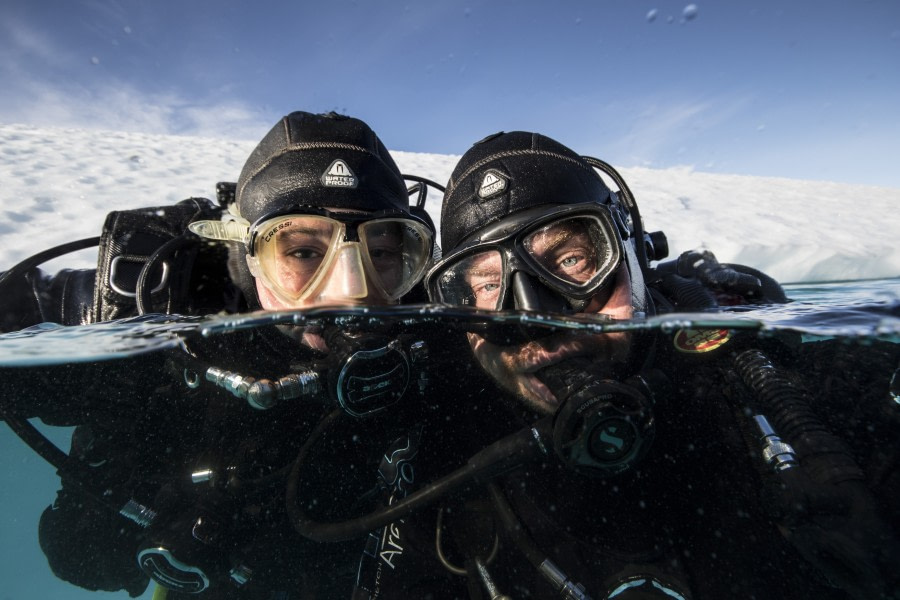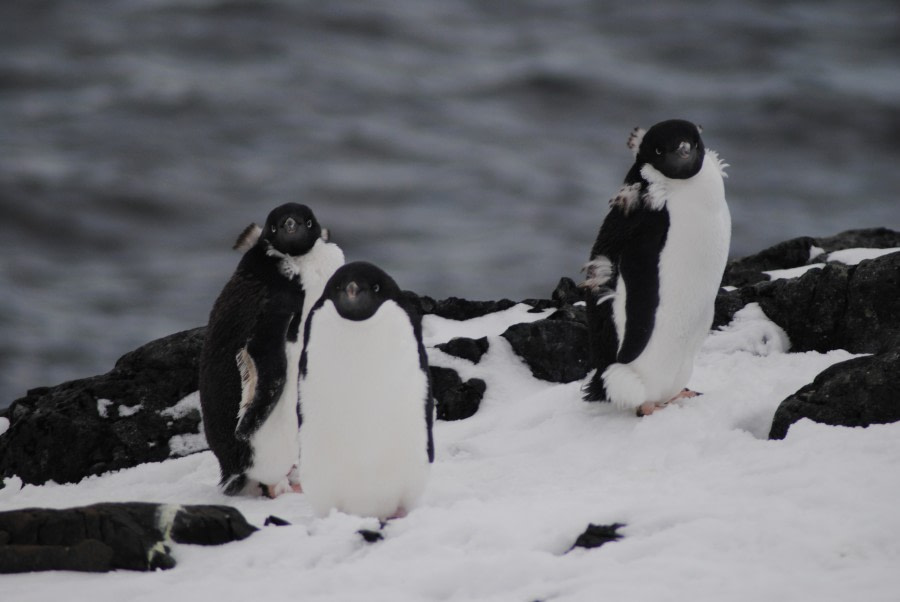 23 Days/22 Nights
23 Days/22 Nights
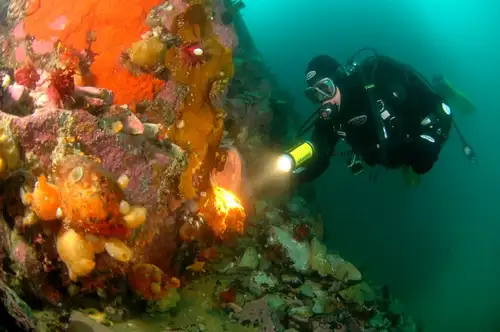
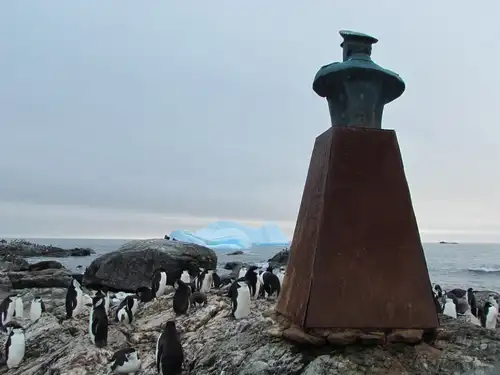
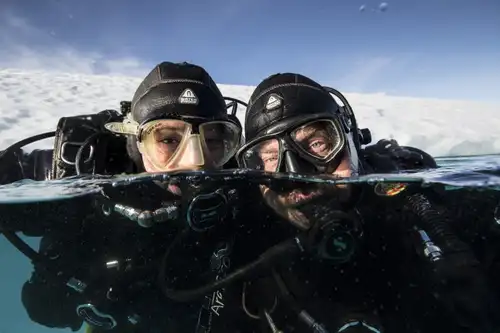

Note: All itineraries are for guidance only. Programs may vary depending on ice, weather, and wildlife conditions. Landings are subject to site availabilities, permissions, and environmental concerns per AECO regulations.
Your expedition begins where the world drops off. Ushuaia, Argentina, known as the southernmost city on the planet, is located on the far southern tip of South America. Starting in the afternoon, you leave from this small resort town on Tierra del Fuego, nicknamed “The End of the World,” and sail the mountain-fringed Beagle Channel for the remainder of the evening.
The winged life of the westerlies
Several species of albatross follow the ship into the westerlies, along with storm petrels, shearwaters, and diving petrels.
Finding the Falklands
The Falkland Islands offer an abundance of wildlife that is easily approachable, though caution is always advised. These islands are largely unknown gems, the site of a 1982 war between the UK and Argentina. Not only do various species of bird live here, but chances are great you’ll see both Peale’s dolphins and Commerson’s dolphins in the surrounding waters.
During this segment of the cruise, you may visit the following sites:
- Westpoint Island – This beautiful island hosts a bounty of birdlife, from shore birds near the landing site to black-browed albatrosses on the nest. Among them is a rookery of rockhopper penguins who have to undertake an incredible climb from the sea to get to their nests among the albatrosses.
- Saunders Island – On Saunders Island you can see the black-browed albatross and its sometimes-clumsy landings, along with breeding imperial shags and rockhopper penguins. King penguins, Magellanic penguins, and gentoos are also found here.
The seat of Falklands culture
The capital of the Falklands and center of its culture, Port Stanley has some Victorian-era charm: colorful houses, well-tended gardens, and English-style pubs are all to be found here. You can also see several century-old clipper ships nearby, silent witnesses to the hardships of 19th century sailors. The small but interesting museum is also worth a visit, covering the early days of settlement up to the Falklands War. Approximately 2,100 people live in Port Stanley. Admission to the museum is included.
Once more to the sea
En route to South Georgia, you now cross the Antarctic Convergence. The temperature cools considerably within the space of a few hours, and nutritious water rises to the surface of the sea due to colliding water columns. This phenomenon attracts a multitude of seabirds near the ship, including several species of albatross, shearwaters, petrels, prions, and skuas.
South Georgia journey
Today you arrive at the first South Georgia activity site. Please keep in mind that weather conditions in this area can be challenging, largely dictating the program.
Over the next several days, you have a chance to visit the following sites:
- Fortuna Bay – A beautiful outwash plain from Fortuna Glacier is home to a large number of king penguins and seals. Here you may also have the chance to follow the final leg of Shackleton’s route to the abandoned whaling village of Stromness. This path cuts across the mountain pass beyond Shackleton’s Waterfall, and as the terrain is partly swampy, be prepared to cross a few small streams.
- Salisbury Plain, St. Andrews Bay, Gold Harbour – These sites not only house the three largest king penguin colonies in South Georgia, they’re also three of the world’s largest breeding beaches for Antarctic fur seals. Literally millions breed on South Georgia during December and January. By February the young fur seals are curious and playful and fill the surf with life and fun and large elephant seals come to the beaches to moult.
- Grytviken – In this abandoned whaling station, king penguins walk the streets and elephant seals lie around like they own the place – because they basically do. Here you might be able to see the South Georgia Museum as well as Shackleton’s grave.
In the afternoon of the last day and depending on the conditions, we will start sailing southwards in the direction of the South Orkney Islands.
Southward bound
There may be sea ice on this route, and at the edge of the ice some south polar skuas and snow petrels could join the other seabirds trailing the ship south.
The scenic vistas of South Orkney
Depending on the conditions, you might visit Orcadas Base, an Argentine scientific station on Laurie Island in the South Orkney archipelago. The personnel here will happily show you their facility, where you can enjoy expansive views of the surrounding glaciers. If a visit isn’t possible, you may instead land in Coronation Island’s Shingle Cove.
Legendary Elephant Island
You‘ve now completed roughly the same route (albeit in the opposite direction) as Sir Ernest Shackleton did using only a small life boat, the James Caird, in spring of 1916. Watching Elephant Island materialize on the horizon after crossing all that water, it’s hard not to marvel at how he and his five-man crew accomplished that feat.
The purpose of Shackleton’s crossing was to rescue 22 shipwrecked members of his Imperial Trans-Antarctic Expedition, also known as the Endurance Expedition, who were stranded on Elephant Island. For four and a half months, Shackleton undertook this legendary rescue.
Conditions on Elephant Island are severe. The coastline is mostly made up of vertical rock and ice cliffs highly exposed to the elements. If possible you will take the Zodiacs to Point Wild, where the marooned members of Shackleton’s expedition miraculously managed to survive.
Along the Antarctic Peninsula
If ice permits, you sail into the Antarctic Sound at the northwestern edge of the Weddell Sea. Here colossal tabular icebergs herald your arrival to the eastern edges of the Antarctic Peninsula. Brown Bluff is a potential location for a landing, where you may get the chance to set foot on the continent.
Scenes of South Shetland
The volcanic islands of the South Shetlands are windswept and often cloaked in mist, but they do offer subtle pleasures: There’s a wide variety of flora (mosses, lichens, flowering grasses) and no small amount of fauna (gentoo penguins, chinstrap penguins, southern giant petrels).
In Deception Island, the ship plunges through Neptune’s Bellows and into the flooded caldera. Here you find an abandoned whaling station, and thousands of cape petrels – along with kelp gulls, brown and south polar skuas, and Antarctic terns. A good hike is a possibility in this fascinating and desolate volcanic landscape.
Onward into Antarctica
Gray stone peaks sketched with snow, towers of broken blue-white ice, and unique polar wildlife below and above welcome you into the otherworldly expanse of Antarctica. You enter the area around Gerlache Strait, venturing into one of the most beautiful settings Antarctica has to offer.
Sites you may visit here include:
- Neko Harbour – An epic landscape of mammoth glaciers and endless wind-carved snow, Neko Harbour offers opportunities for a Zodiac cruise and landing that afford the closest views of the surrounding alpine peaks.
- Paradise Bay – You may be able to take a Zodiac cruise in these sprawling, ice-flecked waters, where there’s a good chance you’ll encounter humpback and minke whales.
The aim is then to head south. If conditions allow, sites you can visit ‘over’ the polar circle include:
- Crystal Sound – Your journey takes you south along the Argentine Islands to this ice-packed body of water, and from here across the Polar Circle in the morning.
- Detaille Island – You may make a landing at an abandoned British research station here, taking in the island’s lofty mountains and imposing glaciers.
- Pourquoi Pas Island – You might circumnavigate this island, named after the ship of the famous French explorer Jean-Baptiste Charcot. This location is known for its tight fjords and lofty, glacier-crowded mountains.
- Horseshoe Island – This is the location of the former British Base Y, a remnant of the 1950s that is now unmanned though still equipped with almost all the technology it had while in service.
As with all of our Antarctic trips, conditions on the Drake Passage determine the exact time of departure.
Familiar seas, familiar friends
Your return cruise is far from lonely. While crossing the Drake, you’re again greeted by the vast array of seabirds remembered from the passage south. But they seem a little more familiar to you now, and you to them.
There and back again
Every adventure, no matter how grand, must eventually come to an end. It’s now time to disembark in Ushuaia, but with memories that will accompany you wherever your next adventure lies.
























































































- Flights to the embarkation point and from the disembarkation point.
- Pre- and post- land arrangements.
- Passport and visa expenses.
- Meals ashore.
- Personal health Insurance for Medical, Accident and Repatriation/Evacuating.
- All personal expenses, including but not limited to laundry services, bar beverages, and excess internet usage charges.
- The customary gratuity at the end of the voyages for stewards and other service personnel aboard (guidelines will be provided).
- Voyage aboard the indicated vessel
- All meals throughout the voyage aboard the ship including snacks, coffee and tea.
- All shore excursions and activities throughout the voyage by Zodiac.
- Program of lectures by noted naturalists and leadership by experienced expedition staff.
- Free use of rubber boots and snowshoes.
- Pre-scheduled group transfer from the vessel to the airport in Ushuaia (directly after disembarkation).
- All miscellaneous service taxes and port charges throughout the programme.
- Comprehensive pre-departure material.
- Yes, an overriding concern is the protection of the wildlife, environment, and cultures in all of the areas we visit. We will address conservation issues in the onboard briefings, and the expedition staff will assist you on shore. We are members of IAATO and AECO and will abide by their guidelines. We will also follow all local requirements to minimize our impact on the environment and wildlife. When in doubt, remember our two most important rules: Do not leave anything but footprints Do not take anything but memories
- All of our motor vessels have safe deposit boxes in the cabins. These small compartments (height 170mm x width 230mm x depth 170mm) are suitable for such items as phones, passports, keys, and jewelry but are not large enough to store larger items like laptops.
- Aboard Hondius, Ortelius, Plancius, and Rembrandt van Rijn, refreshments and souvenirs will be charged to your cabin. The day before disembarking, you can settle your bill with the hotel manager and pay by Visa or MasterCard, Diners Club/Discover, Union Pay, or cash (Euro or USD). The prices and standard currency on board all of our vessels is the Euro.
- When you make a confirmed reservation, we require a 40% deposit. But if the reservation is made within two months prior to departure, the full price of the voyage is due at the time of booking.
- The South Shetland Islands are not under the control of any nation. Instead, the Antarctic Treaty enables all signatories to utilize the region for any non-military related purposes. This has led to 13 countries establishing research stations and field camps. Before the Antarctic Treaty was signed, the islands were claimed by the U.K., Argentina and Chile.
- The climate in this area is typically very cool and corresponds well with the rest of the northern Antarctic Peninsula.The average summer temperature only reaches 1.5 degrees Celsius (34.7 degrees Fahrenheit), and the typical winter temperature hovers around -5 degrees Celsius (23 degrees Fahrenheit). Even in the summertime, the South Shetland Islands retain an ice and snow coverage of 80 percent. It is humid and often cloudy, and the sunniest days are typically accompanied by colder temperatures. Due to this, anyone who is taking a expedition cruise to the South Shetland Islands needs to bring the proper type of clothing with them.
- The number of passengers is limited to 174 on the Hondius. Furthermore the vessel is manned by 24 highly experienced international nautical crew, 32-34 international hotel crew, 13 expedition staff (1 expedition leader, 2 assistant expedition leaders and 10 guides/lecturers) and 1 doctor.
- The Hondius was built in Croatia in 2018 and delivered in 2019.
You May Also Like


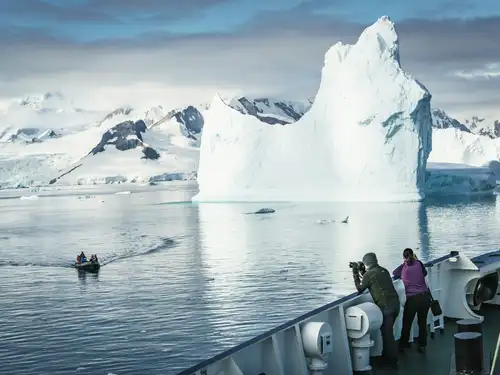
Falklands, South Georgia and Antarctica - Photographic Special
 21 Days / 20 Nights
21 Days / 20 Nights
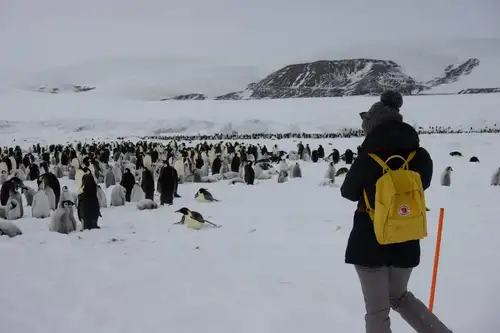
Weddell Sea – In search of the Emperor Penguin, incl. helicopters
 11 Days / 10 Nights
11 Days / 10 Nights

South Georgia Explorer
 15 Days / 14 Nights
15 Days / 14 Nights

Antarctica - Discovery and learning voyage
 11 Days / 10 Nights
11 Days / 10 Nights

Falkland Islands - South Georgia - Antarctica
 20 Days / 19 Nights
20 Days / 19 Nights

Antarctica - Basecamp - free camping, kayaking, snowshoe/hiking, mountaineering, photo workshop
 13 Days / 12 Nights
13 Days / 12 Nights

Remote Weddell Sea Explorer incl. South Georgia - South Sandwich Islands - Neuschwabenland - Larsen Ice Shelf - Paulet and Devil Island - Elephant Island, incl. helicopters
 28 Days / 27 Nights
28 Days / 27 Nights

Falkland Islands - South Georgia - Elephant Island - Antarctica - Polar Circle
 23 Days / 22 Nights
23 Days / 22 Nights
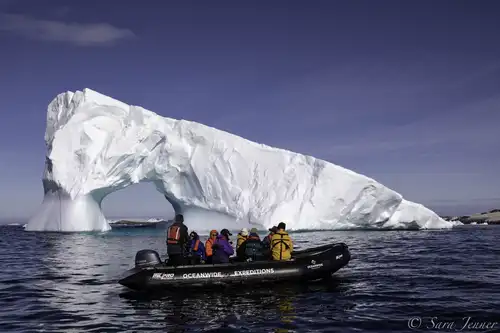
Antarctica - Elephant Island - Weddell Sea - Polar Circle
 15 Days / 14 Nights
15 Days / 14 Nights

Antarctica - Whale watching discovery and learning voyage
 11 Days / 10 Nights
11 Days / 10 Nights

Antarctica - Beyond the Polar Circle - whale watching
 12 Days / 11 Nights
12 Days / 11 Nights

Antarctica - Whale watching
 10 Days / 9 Nights
10 Days / 9 Nights

Atlantic Odyssey incl. Antarctic Peninsula to St. Helena
 33 Days / 32 Nights
33 Days / 32 Nights
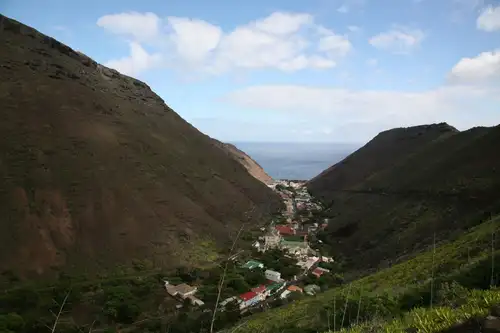
Atlantic Odyssey incl. Antarctic Peninsula to Cape Verde
 43 Days / 42 Nights
43 Days / 42 Nights

Atlantic Odyssey, excl. Antarctic Peninsula
 24 Days / 23 Nights
24 Days / 23 Nights

Atlantic Odyssey excl. Antarctic Peninsula to Cape Verde
 34 Days / 33 Nights
34 Days / 33 Nights

Falkland Islands - South Georgia - Antarctic Peninsula - Photography special
 21 Days / 20 Nights
21 Days / 20 Nights

Falkland Islands - South Georgia - Antarctic Peninsula
 21 Days / 20 Nights
21 Days / 20 Nights

Antarctica - Discovery and learning + Long hikes
 11 Days / 10 Nights
11 Days / 10 Nights

Bellingshausen Sea / Peter I Island + Ellsworth Land - incl. helicopters
 25 Days / 24 Nights
25 Days / 24 Nights

Antarctic Peninsula - Weddell Sea + Activity: Long Hikes
 11 Days / 10 Nights
11 Days / 10 Nights

Remote Weddell Sea Explorer - incl. helicopters
 28 Days / 27 Nights
28 Days / 27 Nights
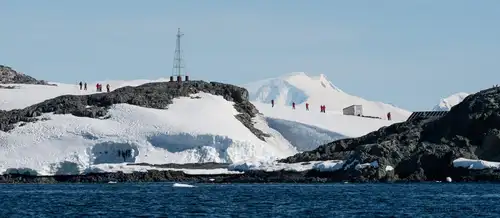
Antarctica - Polar Circle - Deep South Discovery voyage
 13 Days / 12 Nights
13 Days / 12 Nights
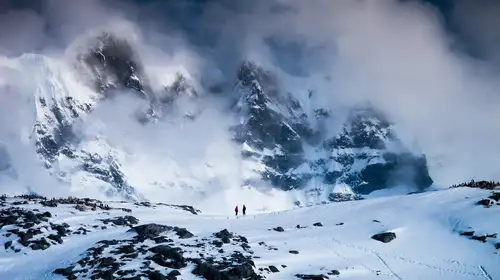
Eight Antarctic Misconceptions
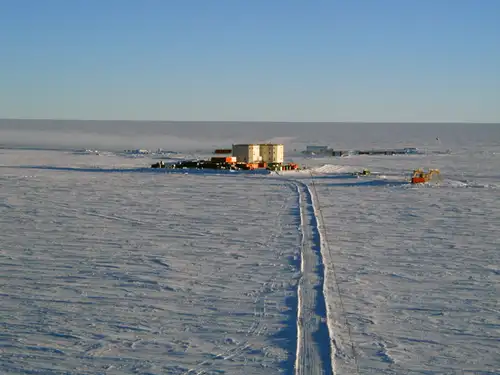
Day and night in Antarctica
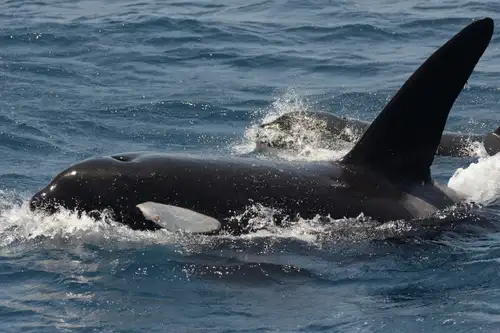
8 Whales You Might See During Your Antarctica Cruise
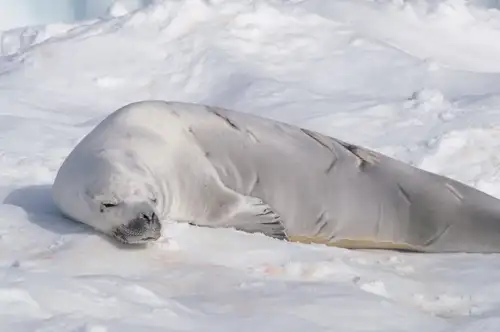
Six Facts About the Crabeater Seals of Antarctica




